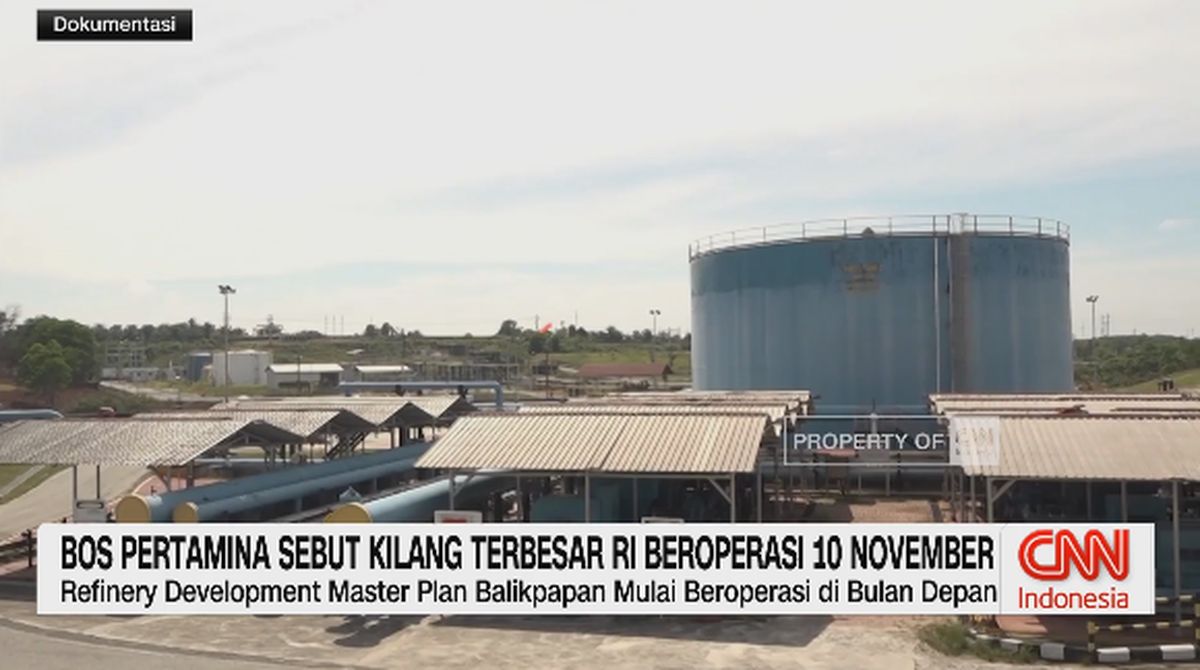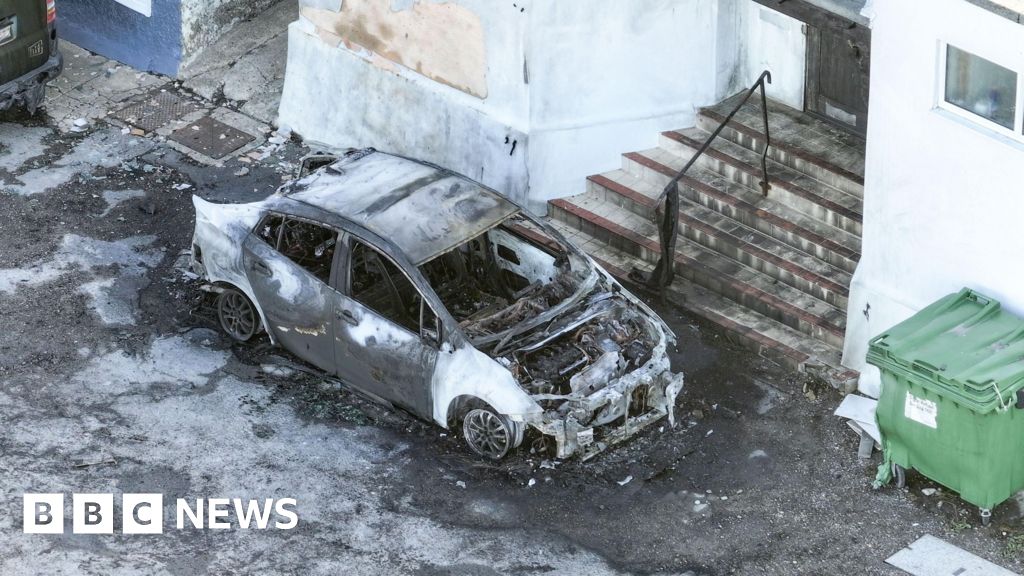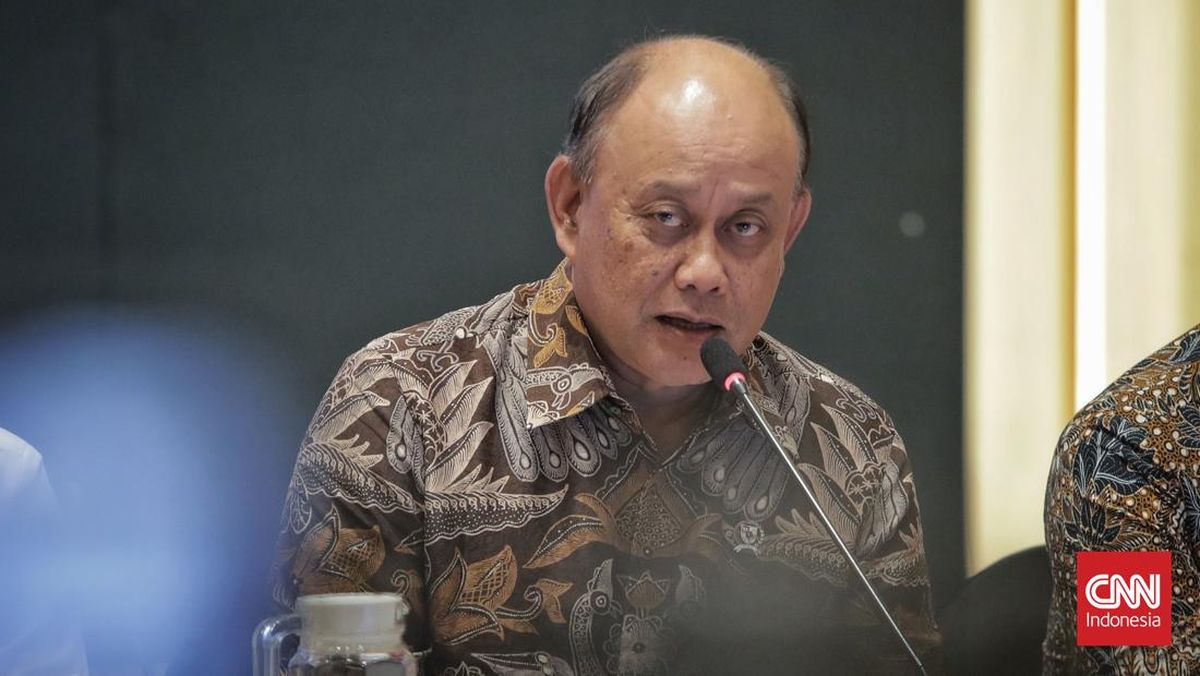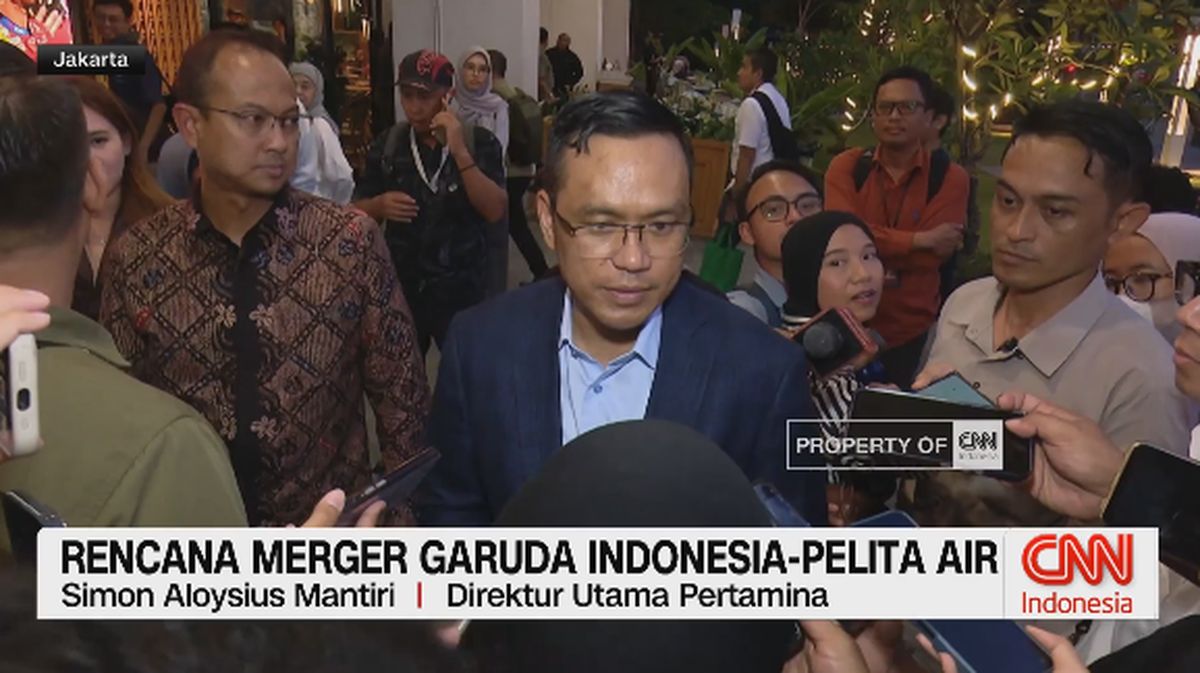Mid-rise apartment developments could loom over heritage homes and overshadow solar panels, under confidential Victorian draft planning guidelines.
The Department of Transport and Planning is finalising new “deemed-to-comply” design standards for four- to six-storey residential developments that would exempt proposals from time-consuming appeals.

Camberwell resident Jane Oldham worries mid-rise apartment design will worsen under the new code and harm Boroondara, where heritage homes are prevalent.Credit: Alex Coppel
The draft rules were recently shared with councils for feedback, but Boroondara Council officers refused to sign confidentiality agreements and revealed details at a meeting on Monday night.
Jane Oldham, from the Boroondara Community Group, spoke at the meeting against the draft standards, which propose approval for street setbacks of 4½ metres, lower than the already reduced six-metre requirement under the low-rise code announced earlier this year.
Oldham worried the changes would lead to mid-rise buildings jammed together, reducing privacy, sunlight and green space.
“Why people like suburbs such as Camberwell, I think, is the heritage, the character, the greenery,” Oldham said. “And that will definitely be lost. We can do better.”
The Allan government has argued the mid-rise code would make the planning system easier and boost housing supply while maintaining amenity.
The standards have not been finalised. But in a statement, Boroondara Mayor Sophie Torney said the broader community deserved honesty and criticised the state government for keeping under wraps the options that have been canvassed.
“Council officers were asked to sign confidentiality agreements preventing them from even providing information to councillors as a condition of receiving that information from the state government,” she said.

Boroondara Mayor Sophie Torney says the state has ignored locals in their plans for the Hawthorn, Glenferrie, Auburn and Kew Junction activity centres.Credit: Eamon Gallagher
“Boroondara believes in open, transparent decision-making. Communities have a right to know what’s being proposed in their own neighbourhoods before decisions are made, not after.”
The new mid-rise code is most applicable to the Housing Choice and Transport Zones in Melbourne’s 60 new activity centres, which are slated for four- to six-storey development.
Affluent eastern suburbs are overrepresented in the state government’s activity centre program, as the state government says outer suburbs have shouldered too much of the home-building load in recent decades.
Loading
“The only way to make housing fairer for young Victorians is to build more homes faster,” a state government spokesperson said. “This is exactly why we’ve been overhauling our planning system, because the status quo is not an option.”
Boroondara is among several councils that have strongly criticised the approach so far.
On Monday night, Torney expressed particular concern that the proposed mid-rise standards did not have a clause to prevent buildings from blocking sunlight to solar panels, which was included in the low-rise standards announced earlier this year.
“We’re literally building shadows over the very homes we want to electrify, and not ensuring new apartment builds potentially have solar,” Torney said.
“That makes no sense to me, and it’s in direct contrast to the government’s energy policies.”

“We can do better”: Jane Oldham, a member of Boroondara Community Group, pictured here in Camberwell.Credit: Alex Coppel
In their submission to the government, Boroondara council officers also took issue with a proposal to deem bedrooms compliant if their sole sunlight source was an internal-light courtyard, rather than an outward-facing window.
The proposed 4.5-metre setback standard also caused consternation, as the council said it would incentivise higher development while the minimum low-rise setback was six metres.
“The irony at the moment, [is] under the existing scenario for a single dwelling, it has to be further back again,” Boroondara’s urban living director Scott Walker said on Monday.
“Now that’s going to get changed … but we’ve got quite a paradoxical standard scenario at the moment.”
Loading
Whitehorse City Council also expressed “significant concerns” about the draft mid-rise standards at a meeting in September.
Planning Institute of Victoria president Pat Fensham, having viewed the mid-rise code proposals in the Boroondara council document, said he was also concerned there appeared to be no provision for councils to consider local design issues.
He argued this meant site-specific environmental problems could be missed under a narrow assessment of whether a mid-rise proposal was “deemed to comply” with built-form standards.
“You can’t anticipate all the impacts. Local context matters,” he said.
YIMBY Melbourne lead organiser Jonathan O’Brien, whose group has urged governments to address “the missing middle” of housing development, supported the state government’s overall approach when he viewed the proposals detailed in the Boroondara council documents.
“We see codification like this, even if it’s imperfect, as an absolute improvement,” he said.
Start the day with a summary of the day’s most important and interesting stories, analysis and insights. Sign up for our Morning Edition newsletter.
Most Viewed in National
Loading


















































